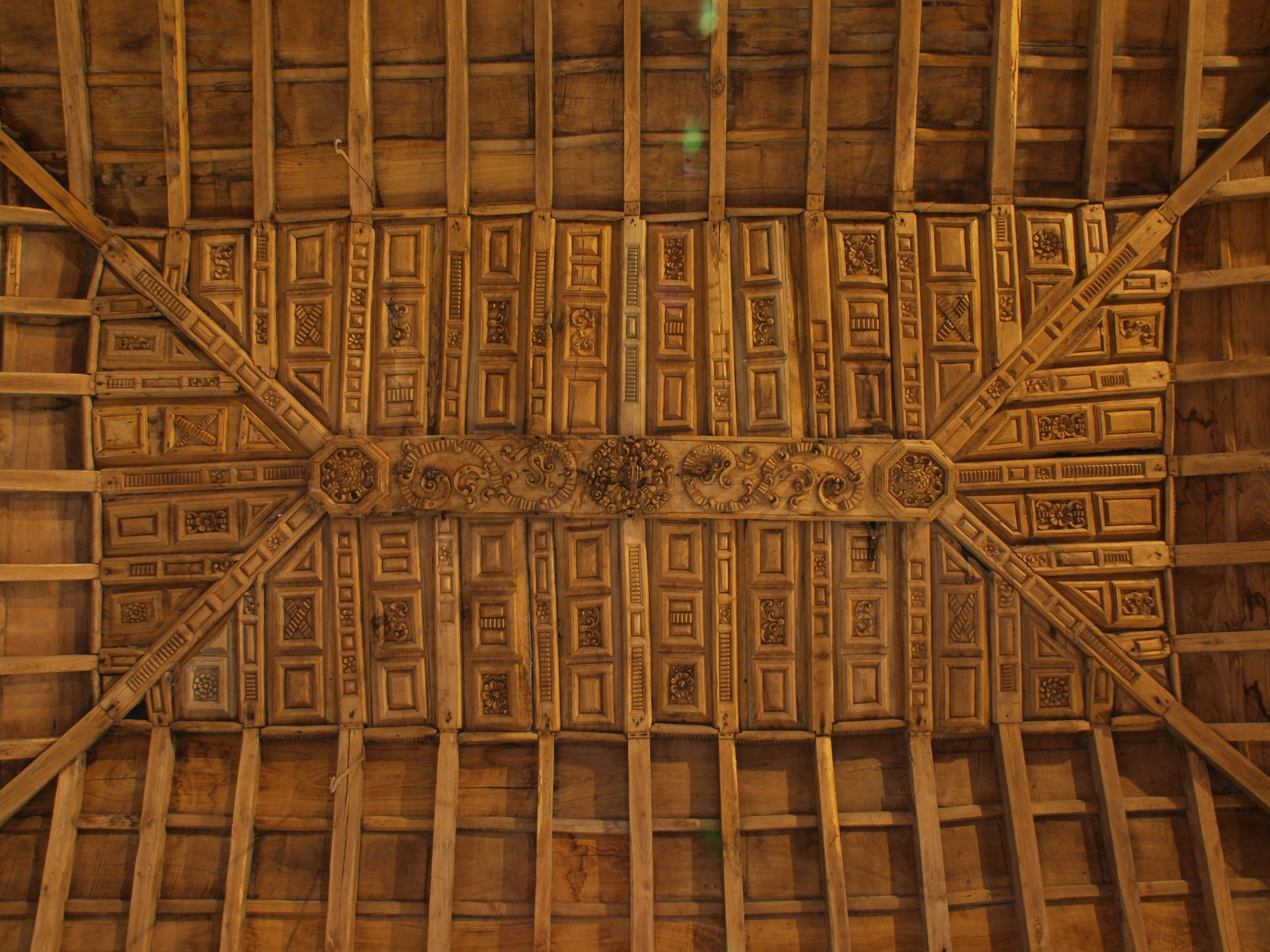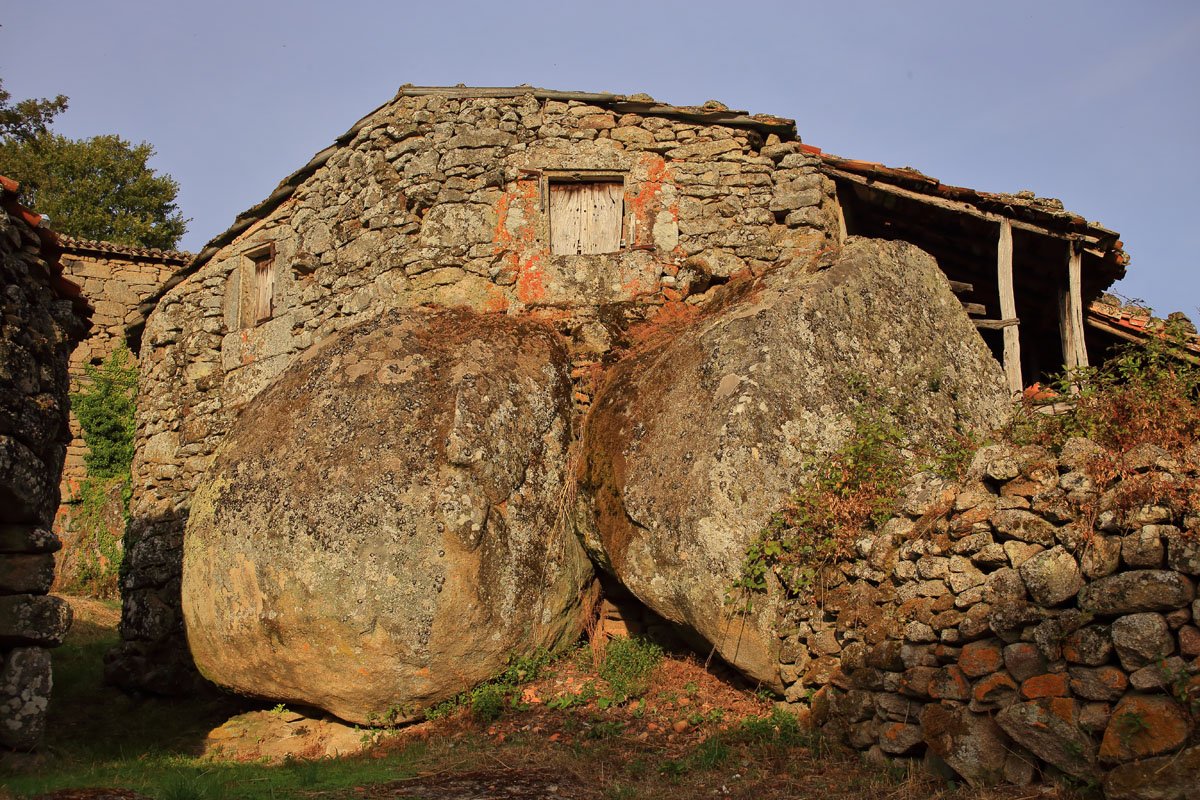La APP: Ofrecemos una herramienta turística más
Location. Monte Medo. Parish of San Xoán de Vide Monument type. Religious. Interest: Architectural, historical-artistic, ethnographical and landscape. DatedCurrent structure built between: 1731-1768. Previous religious constructions: 9th and 15th centuries. Description. “Monte Medo” (Mount High) is situated in the middle of a plain at the foot of the Sierra de San Mamede. The sanctuary is in the Baroque and Neoclassical styles, surrounded by a wall which offers four doors to access the enclosure. The façade resembles a giant stone altarpiece. Built seven years prior, but in a similar style to the façade of the Cathedral of Santiago de Compostela in the Obradoiro square, with its altar and balcony designed with large crowds in the square in mind. Outside we find seven stone chapels of Via Crucis equidistant from each other. At the back of the complex, we find “A Carballa dos Milagres” (The Miracle Oak) with the “Fonte da Virxe” (Fountain of the Virgin). It is believed to be the the first hermitage dedicated to Santa or the Virgin, dating from the 9th century. From the back access door of the site, we encounter the remains of the former temple lantern, also Baroque, from the 17th century. Continuing towards the […]
Monte Medo. Parroquia de San Xoán de Vide.
“Sartego” (sarcophagus) of the high medieval period, probably part of the noble family: “Señores de Ambia”. It was the place where their tower was. The “Sartego” (sarcophagus) is in a southwesterly path.
Suatorre, Vilameá, Baños de Molgas
“Vía Nova” was a Roman road which connected the cities known as Bracara Augusta (Braga, Portugal) and Asturica Augusta (Astorga, Castilla y León, Spain) along around 210 Roman miles (approximately 330km/205 miles). On Antonino’s itinerary, it was called “Vía XVIII” (18th route). The “Vía” crossed the current province of Ourense following the diagonal from southeast to northeast. It is one of the Galician routes whose outline is better known. It was built on the first century a. C. by Titus Flavius Vespasianus (Vespasian), and Maximinus and his son Maximus restored it. Its outline is represented in detail on Antonino’s Itinerary (3rd century). One of the mansions (a place for lodging) which appears on this itinerary is placed on the current Sandiás. In its outline, the Roman miles were signalled with milestones or groups of milestones. This outline preserves the highest number of milestones in Europe. One of the stages or mansions of the postal service (Cursus publicus) from Braga, cited on Antonino’s Itinerary is Salientibus, current Baños de Molgas.
Baños de Molgas








